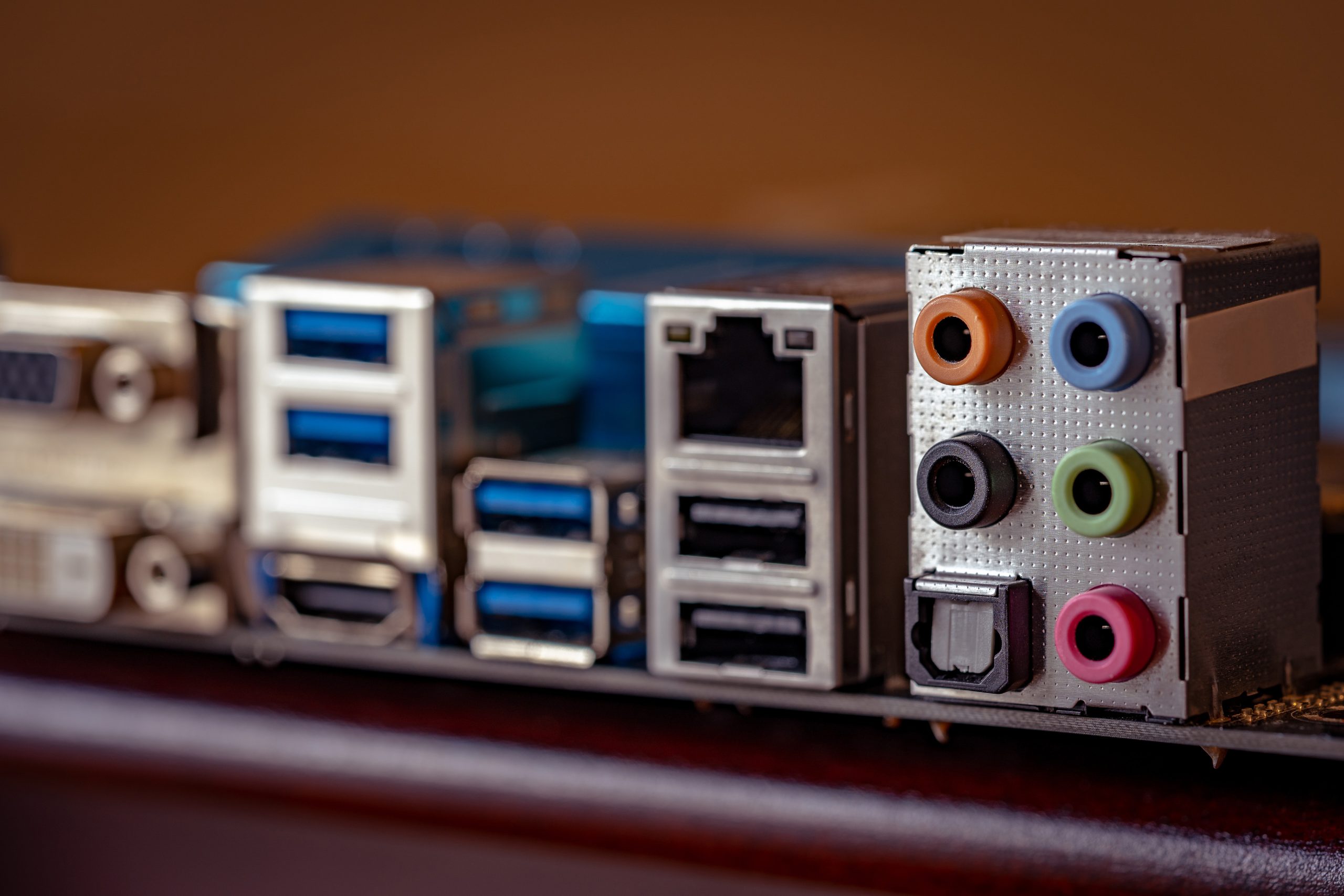
Raptor Lake Motherboards Allegedly Hit With Ethernet Controller Flaw
According to a report from TechPowerUp (opens in new tab), Intel’s latest I226-V 2.5GbE Ethernet controller, which debuted on 700-series motherboards, may have a design flaw. User reports from the Intel (opens in new tab), Microsoft (opens in new tab), Asus (opens in new tab), and Reddit (opens in new tab) communities allege that the I226-V controller causes frequent connection drops at random times, suggesting a potential design flaw.
The I226-V controller, codenamed Foxville, is the successor to the I225-V controller launched in 2019. Unfortunately, the I225-V wasn’t perfect and was plagued by many network connection problems that led to connectivity loss and performance deterioration. Since the issues could only be fixed at the hardware level, Intel eventually released the I225-V2 controller. Sadly, motherboards manufactured before the new revision continue to suffer from the issues, leading to workarounds such as gimping the controller to 1GbE mode instead of 2.5GbE.
Many Intel 700-series motherboards for 13th Generation Raptor Lake processors leverage the I226-V Ethernet controller. Luckily, the connection drops are brief; you probably wouldn’t perceive them in daily usage. However, you’d notice the drops in other workloads, such as downloading a big file, online gaming, or in a video call via Zoom. It’s easy to see whether connection drops are occurring on your system if you look inside Windows Event Viewer under the “Windows Logs” section and, subsequently, “System.” In addition, TechPowerUp recommends searching for “e2fnexpress” and scouring for Event 27 or Event 32 errors.
Unfortunately, neither the latest Ethernet drivers from Intel nor the newest firmware for the motherboards solve the intermittent connection drops. TechPowerUp tried forcing the I226-V controller to operate at 1 Gbps, but that didn’t completely solve the problem.
Owners of premium 700-series motherboards don’t have to fret over the I226-V issues since the more expensive offerings come with dual Ethernet controllers. Those users can switch to a third-party controller from Marvell or Realtek and forget about the I226-V. Alternatively, some 700-series motherboards offer integrated Wi-Fi, which is also a good option. If you own a lower-tier motherboard, you’ll likely have to fork out cash for a PCIe network adapter or wireless adapter (or learn to live with the connection drops).
One would think that Intel would have learned from its past mistakes on the I225-V controller. However, it doesn’t appear so. Hopefully, the chipmaker can resolve the issues with a firmware update rather than a hardware revision like the I225-V controller.

